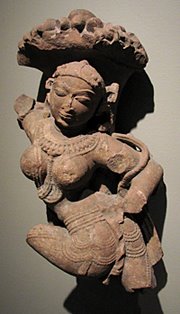I was anticipating something like the movie with Liam Niessen, but have quickly realized Scott’s novel and the Hollywood production have about one thing in common: the title.
One difficulty with Scott are frequent topical references to historical figures, events, art, literature, and the like which are not part of the common idiom today. I look on these as interesting research subjects and have been keeping track of them with the assistance of a note form in the shape of a bookmark.
I made these with Microsoft Word by setting up a landscape page with three columns, adding a 1/2 point border under all the paragraphs ( I inserted enough paragraphs to fill all three columns). The top two lines in each column include space for the author's name and book title. The rest of the lines in the column are divided into three parts (for page number, phrase, and date) using two thin vertical autoshapes set as solid white with no border. This last bit is not intuitive, but is a quick way to create separate entry fields.
I set the margins to 1/2 inch on all sides. The column gutters automatically size at 1/2 inch. I checked the option for a line between each column to make an easy cutting guide. The lines won’t actually appear until the paragraphs are inserted. I made these wide enough to accommodate phrases of a few words or more, which makes it easy to recall the particular idea that presented itself while reading. Making a quick reference like this doesn’t interrupt the narrative flow significantly, which is another advantage.
Here is an image of one bookmark. They print three per sheet and are then cut apart.






2 comments:
Keeping notes on a bookmark is a great idea, I think I may be stealing it!
Eloise: Please do! :-) As they say, imitation is the sincerest form of flattery.
The truth is I lifted the idea from a book of easy and useful desktop publishing projects that I know is somewhere about the house. Haven't seen it for a few years...
The original idea in the book, which I have always thought was remarkably clever, is to fold a letter-size sheet of paper (A4 would work as well), lengthwise and cut it to fit the height of whatever book you are reading. Then, use that as a model to make a form with lines, etc. Then place the folded form over the back cover of the book and tape the top and bottom inside and outside edges together (no tape touches the book) to hold it in place. That way, you can keep your notes with the book and also have a solid surface to write on.
Fiske
Post a Comment